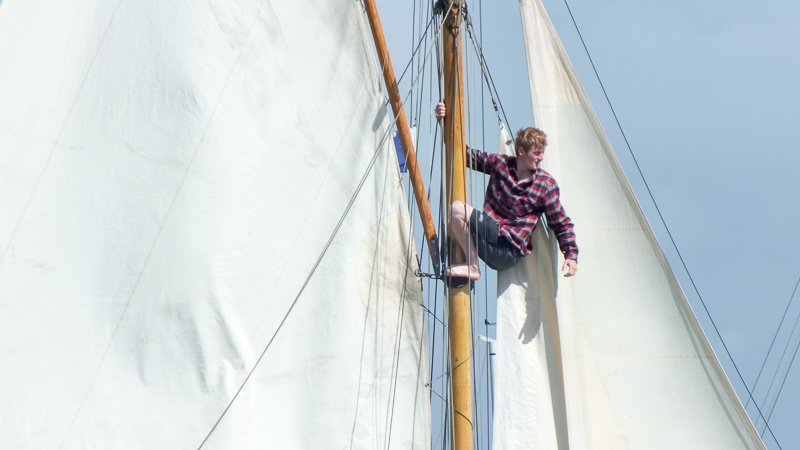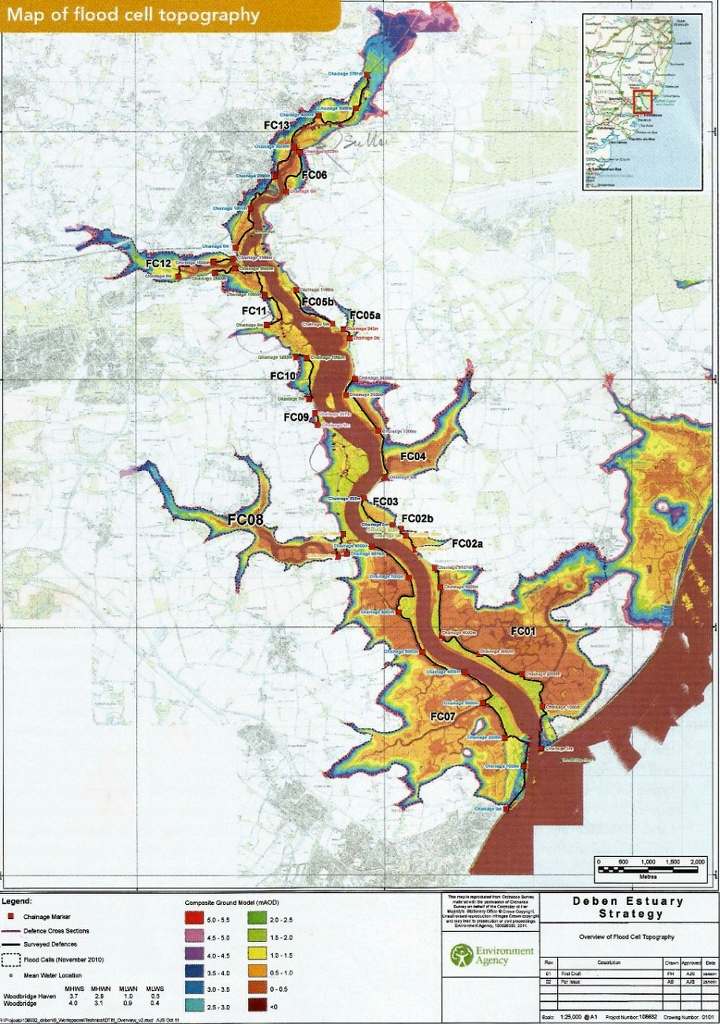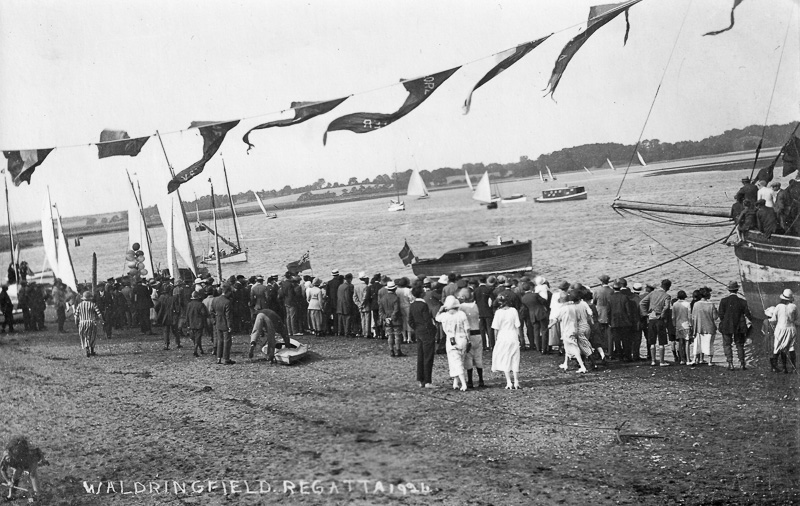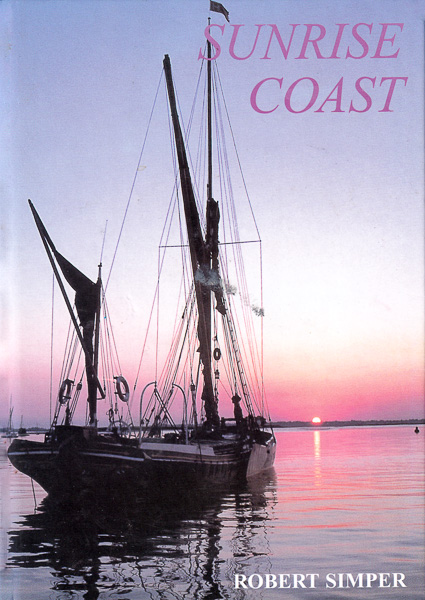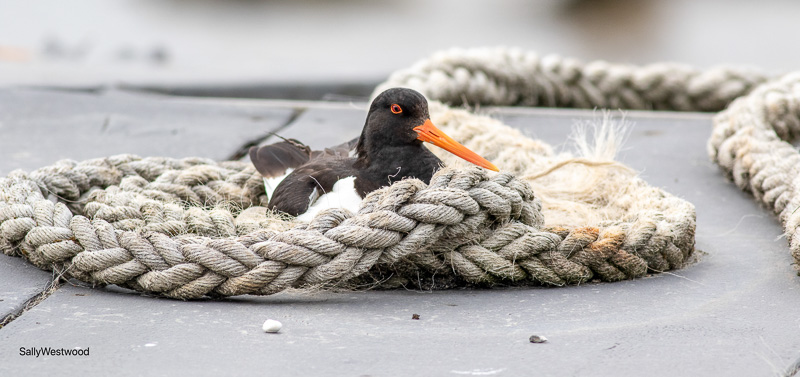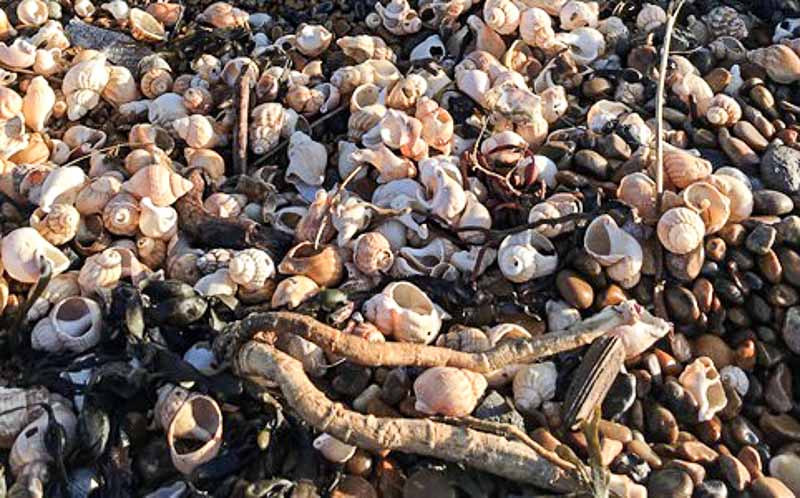By Gareth Thomas
[This article is about A Perennial Diary kept by the Reverend Thomas Henry Waller, Rector of Waldringfield for 43 years from 1862 to 1905. Please note that where entries are quoted verbatim the text is italicised.]
Readers who belong to The Arts Society will have had the opportunity recently to hear Irving Finkel, a curator at the British Museum, pronouncing on the immense value of diaries and describing a collection of 11,000 such pieces which he oversees at the Bishopsgate Institute, opposite Liverpool Street Station.
Finkel, a real enthusiast in the preservation of diaries, describes the simplest, most humble diaries as ‘magical’, because they are concerned with the life of real people who have written ‘the truth as they see it, without manipulation.’ He makes a particular point that none of the 11,000 diaries in question were kept by politicians. Continue reading →


